Why is dampness dangerous?
Indoor air humidity is one of the main criteria for a healthy microclimate. For a comfortable stay, it is necessary that the relative humidity was 45-60%... But what to do when there is too much of it?
The main signs of excess moisture are:
- constantly fogging windows;
- unpleasant odor of dampness and mustiness;
- the appearance of mold and mildew.
All this leads not only to damage to property, for example, peeling plaster, peeling wallpaper, and swelling of furniture, but also causes direct harm to the health of residents.
Airing
If high humidity is wearing short-term, for example, rises during cooking or taking bath procedures, then it would be a good decision to check the room.
By the way, the lack of ventilation, especially in winter, is the main reason for the occurrence of excess moisture.
It is necessary to ventilate the home every day., no matter how cold "outside the window". Try to turn on ventilation and open all windows for at least a few minutes a day.
Waterproofing
If a the apartment is on the ground floor, then it will be necessary to make the floor waterproofing. Moreover, you can perform this procedure with your own hands.
It will be enough to purchase cement-polymer mastic, liquid glass or use any other method. If funds allow, then you can make roll waterproofing, but in this case you will have to call specialists.
If you live on the top floor, then roof waterproofing will be needed, but it is unlikely that it will be possible to resolve this issue without involving the utilities. If you can't agree with the utilities, then you can try to completely plaster the ceiling again.
Drying clothes on the balcony
Of course, drying laundry does not greatly affect the general indicators of humidity in the apartment, especially if you rarely wash. But in families with small children, the situation is completely different.
Therefore, it would be best to endure dryers to the balcony or purchase a special tumble dryer. So you will definitely get rid of not only excess moisture, but also the "chemical" smell of washing powder in your home.
Additional heating
Installing a warm floor or an additional heating system will help not only to wait for the beginning of the heating season in comfort, but will also allow you to get rid of moisture in the most "problematic" rooms, for example, in a bathroom or a toilet.
Flowers in the house
Indoor plants not only help to revitalize the interior, but also even out the microclimate. Well-known plants such as Spathiphyllum, Laurel, Myrtle and Lemon regulate moisture levels and kill mold spores.
Look a selection of flowers that must be at home.
Desiccant & Absorbent Tablets
The most, perhaps, simple and modern way - use a special commercially available desiccant. This unit is capable of removing 10 liters of liquid per day.
You can also find special absorbent tablets on the market, although they are more related to the temporary elimination of the problem.
"Correct" plastic windows
When installing plastic windows, you need to pay attention not only to design, beauty and durability, but also how well they allow air to pass through.
When buying, always choose models with built-in ventilation.
Ventilation
One of the most common causes of excess moisture is malfunctioning ventilation systems. When the ventilation works as it should, the humid air enters the hood and is replaced with fresh, outdoor air.
And if the ventilation is clogged or done incorrectly, then the air simply stops circulating. Therefore, try cleaning the ventilation or replacing it with a new one.
Breathable materials
Increasingly, we use artificial building materials to equip our home, forgetting that they absolutely "do not breathe", which means they help to retain moisture in the room. Whereas natural materials such as wood, or more budget drywall, on the contrary, are able to both take and give off moisture, leveling the microclimate.
Invisible "flaws"
Very often there are many small flaws in the house, which also contribute to the appearance of excessive moisture. Try to fix it. Although I must say that the enterprise is energy-consuming.
Inspect all interpanel seams, wall cracks and skirting boards and repair them. And lastly, go for a mildew remover.
As you can see, there is nothing complicated in this, and if you approach the solution of the problem in a comprehensive manner, then the high humidity will forever leave your home.

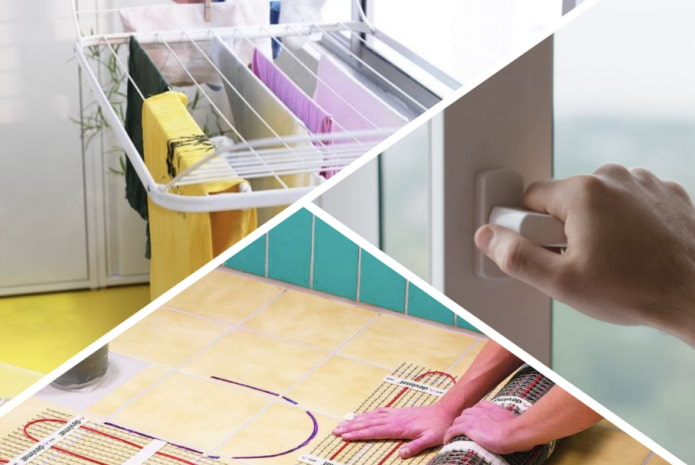
 10 practical tips for arranging a small kitchen in the country
10 practical tips for arranging a small kitchen in the country
 12 simple ideas for a small garden that will make it visually spacious
12 simple ideas for a small garden that will make it visually spacious
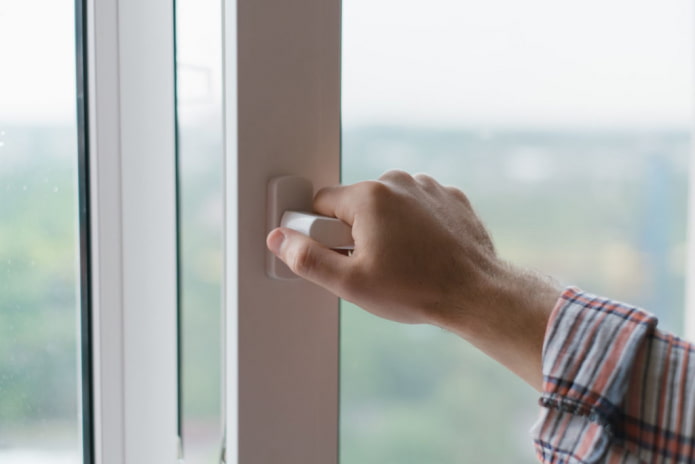
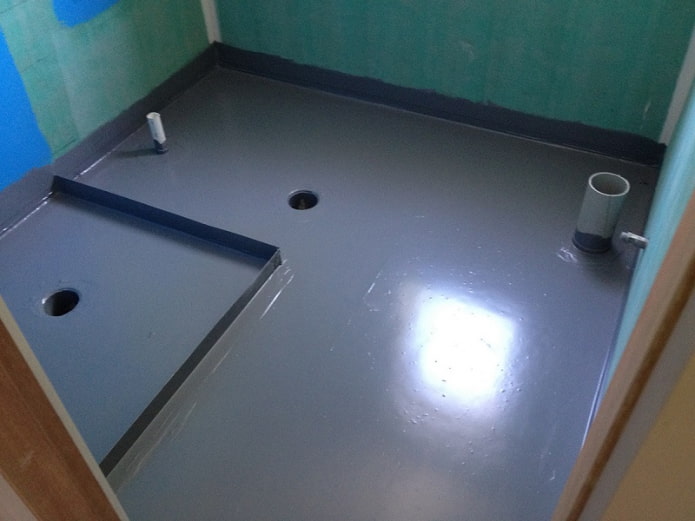
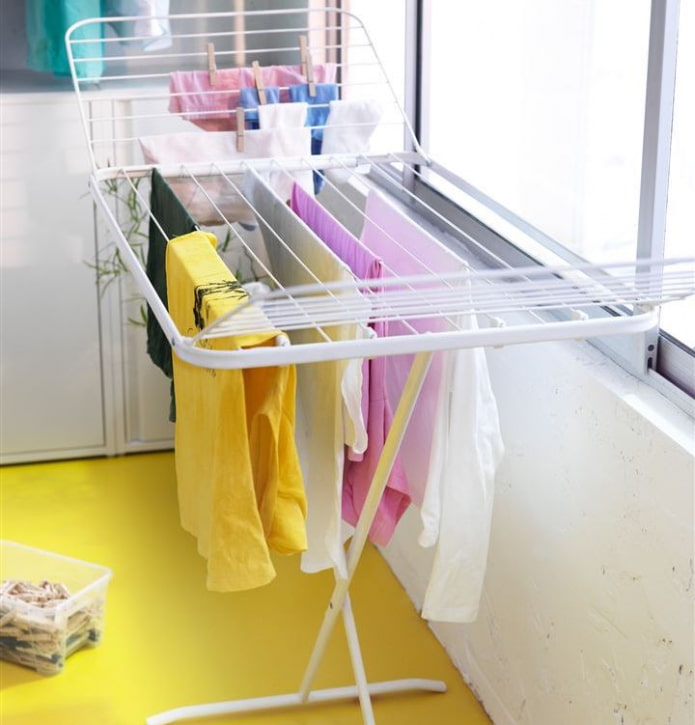
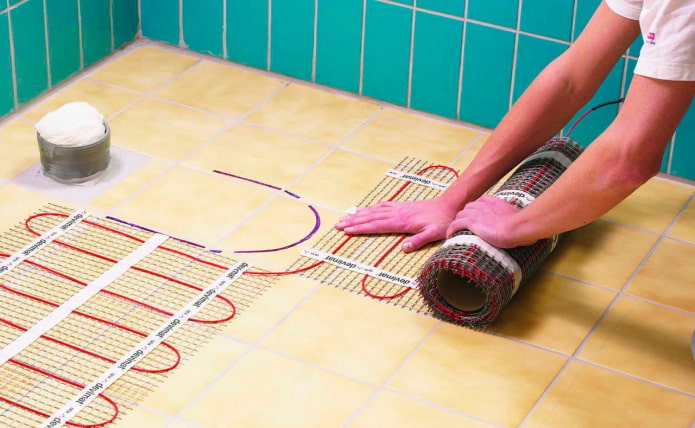
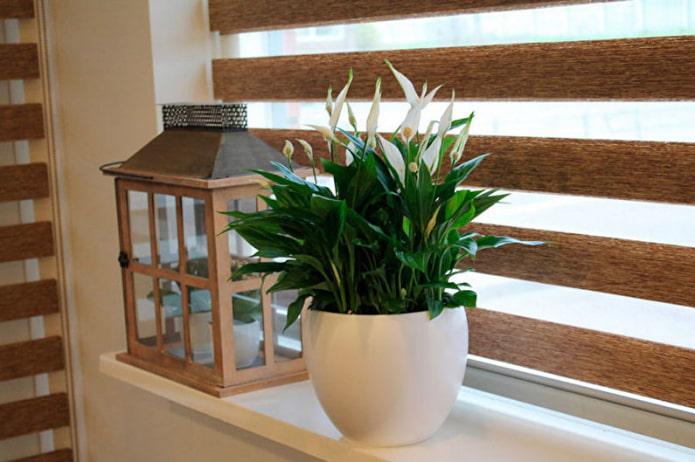
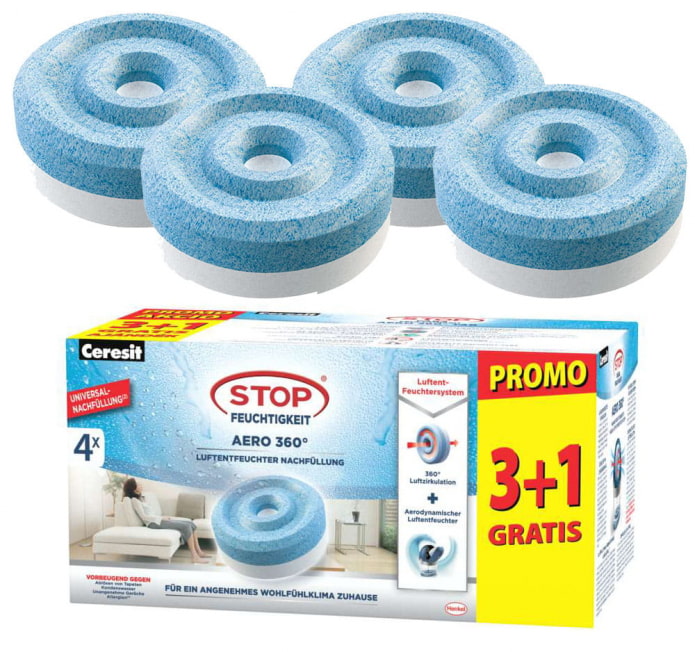

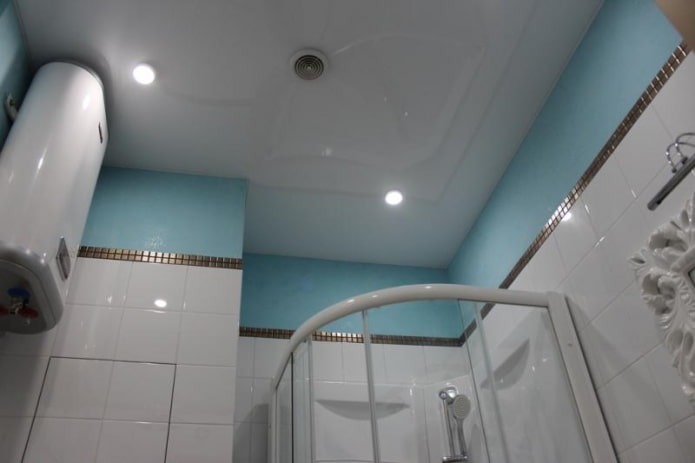
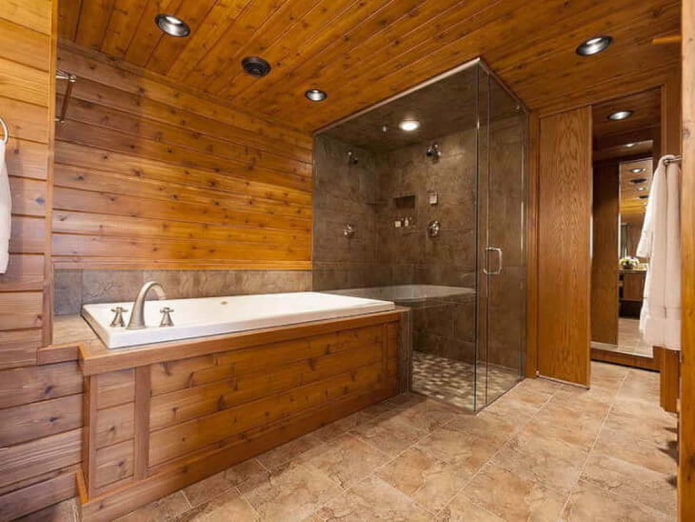
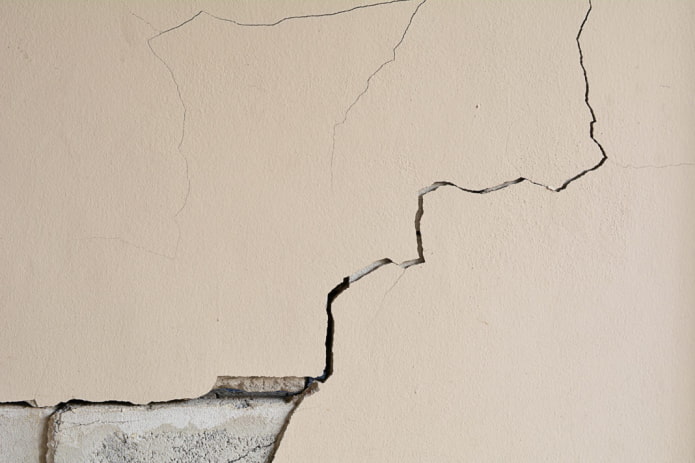
 13 bad habits a good housewife shouldn't have
13 bad habits a good housewife shouldn't have 24/7 home cleanliness - 4 secrets for the perfect housewife
24/7 home cleanliness - 4 secrets for the perfect housewife 6 hotels in Sochi that will give odds to the promoted foreign hotels
6 hotels in Sochi that will give odds to the promoted foreign hotels Top 10 interior design trends 2020
Top 10 interior design trends 2020 Rating of cheap TVs with Smart-TV
Rating of cheap TVs with Smart-TV New Year's LED garlands on AliExpress - we disassemble while it's hot, so that it's bright at home
New Year's LED garlands on AliExpress - we disassemble while it's hot, so that it's bright at home